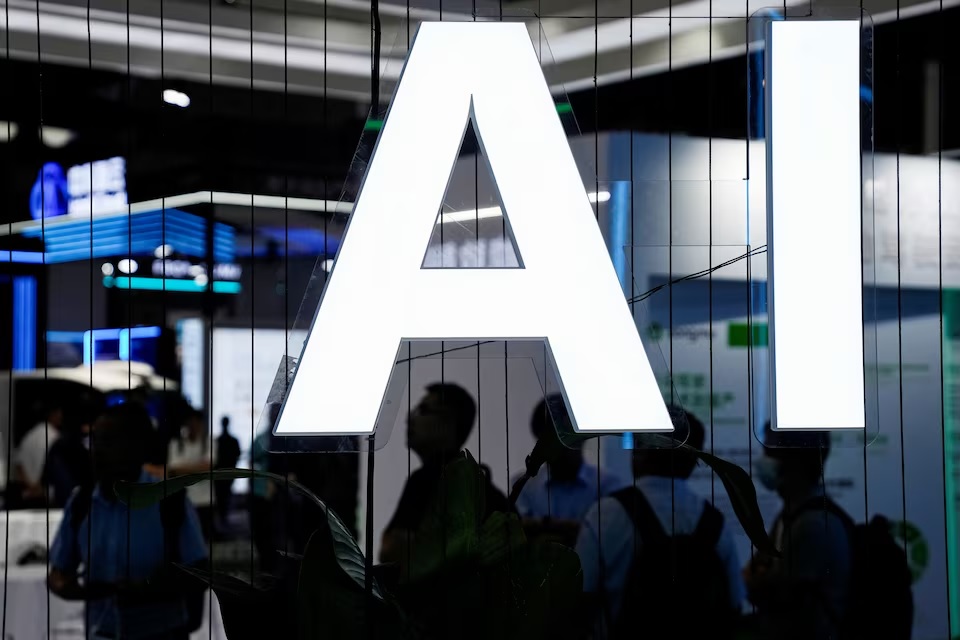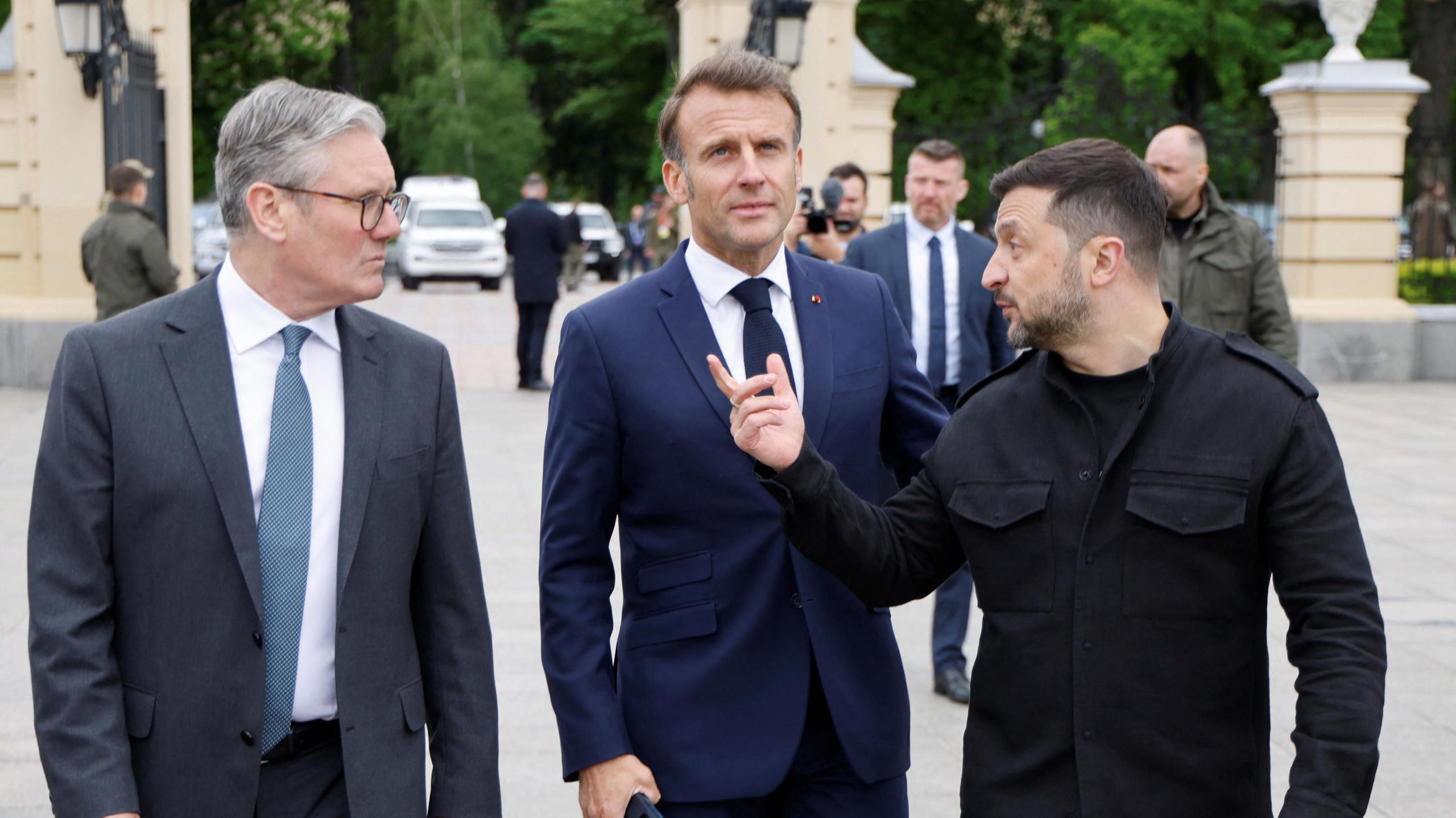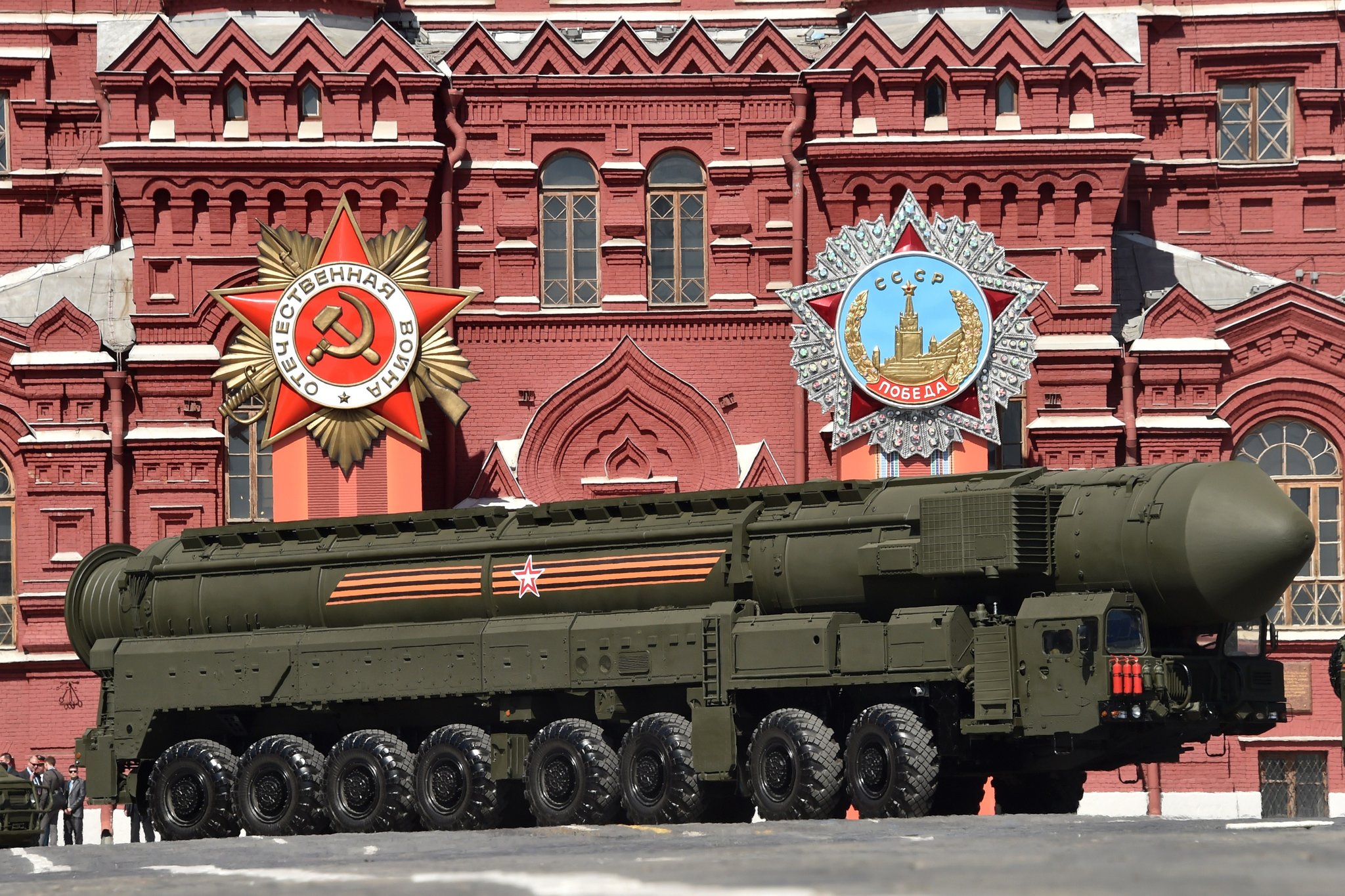XI–LEE MEETING SIGNALS WARMING TIES AS SEOUL HOSTS CHINA’S PRESIDENT

Regional reset at APEC sidelines
Chinese President Xi Jinping met South Korea’s President Lee Jae-myung in Gyeongju, using the APEC sidelines to rekindle ties after a decade without a state visit. The optics mattered: a full protocol welcome, language about “stability,” and references to reopening channels on security and trade. South Korea framed the session as practical—managing risks around semiconductors, supply chains and tourism—while Beijing emphasized “mutual respect” and downplayed disagreements over U.S. alliances and Taiwan. Absent in person was the U.S. president, a contrast that let Xi dominate the regional stage and showcase parallel diplomatic tracks with Canada and others he also met this week. For Seoul, balancing its U.S. security umbrella with its export dependence on China remains the core challenge; this meeting buys time and working-level talks.
What changes next and why it matters
Officials flagged near-term deliverables: exploring export controls guardrails, accelerating people-to-people exchanges, and resuming defense hotlines to avoid incidents at sea and in air corridors. Any breakthrough on curbs for critical minerals or chipmaking tools would ripple through global electronics. Yet unresolved flashpoints remain—Chinese military activity near Japan and the Korean Peninsula, and Beijing’s broader rivalry with Washington. Watch for whether Seoul can expand cooperation without inviting secondary sanctions or supply-chain retaliation. If trade and travel rebound, that could lift Korean carriers, duty-free retail and cultural exports. If talks stall, expect renewed pressure on Korean firms operating in China and a harder security posture at home. Either way, the handshake signals the region is hedging and diversifying—less decoupling, more “de-risking”—with Korea trying to stay indispensable to both superpowers.























